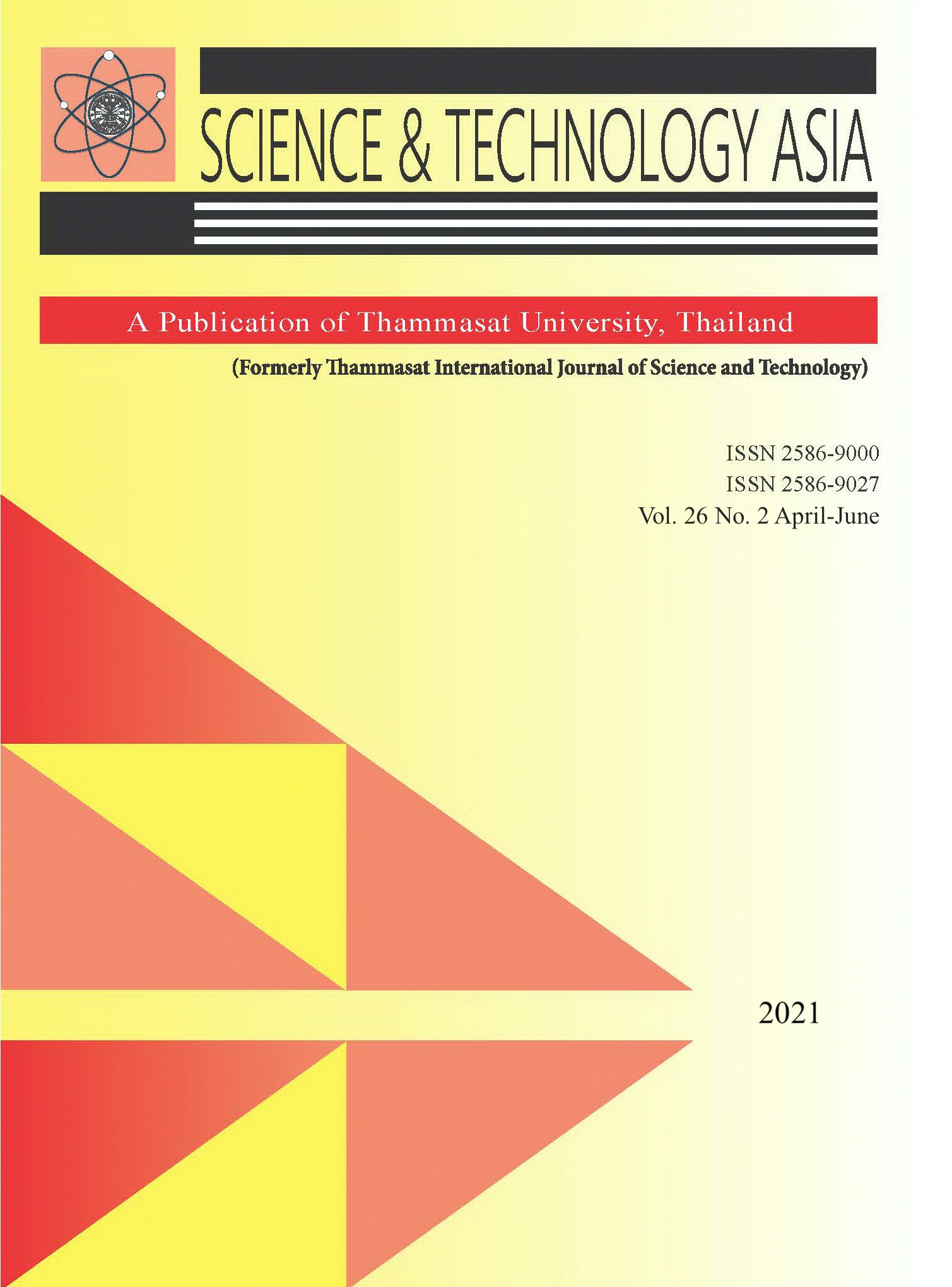Expression of Helicobacter pylori Virulence Genes under Atmospheric Condition
Main Article Content
บทคัดย่อ
Helicobacter pylori, a dimorphic gram-negative microaerophilic bacterium, is a major causative factor for many gastrointestinal diseases and is also a carcinogenic agent of gastric cancer. H. pylori is capable of surviving in adverse environments by transforming its shape from spiral to coccoid. It was previously reported that the atmospheric oxygen-induced coccoid H.pylori retained its ability to produce virulence factors. In this study, the coccoid mRNA levelsof the major virulence genes were analyzed by quantitative RT-PCR using the SYBR greenfluorescein method. H. pylori was converted into its coccoid form by incubating it in anatmospheric oxygen environment; the expression of virulence genes while in the coccoid formwere compared with that of the bacteria in spiral form. After 24 hours of oxygen exposure,approximately 85.52% of the bacteria were coccoid-shaped. Interestingly, mRNA for all 10virulence factors studied herein were continuously produced, with the highest up-regulationoccurring for the cagA gene, increasing by over 2.5-fold (P < 0.01). The information in thisstudy provides insight into the functions of coccoid H. pylori and how it may still remaininfectious in adverse environments.


